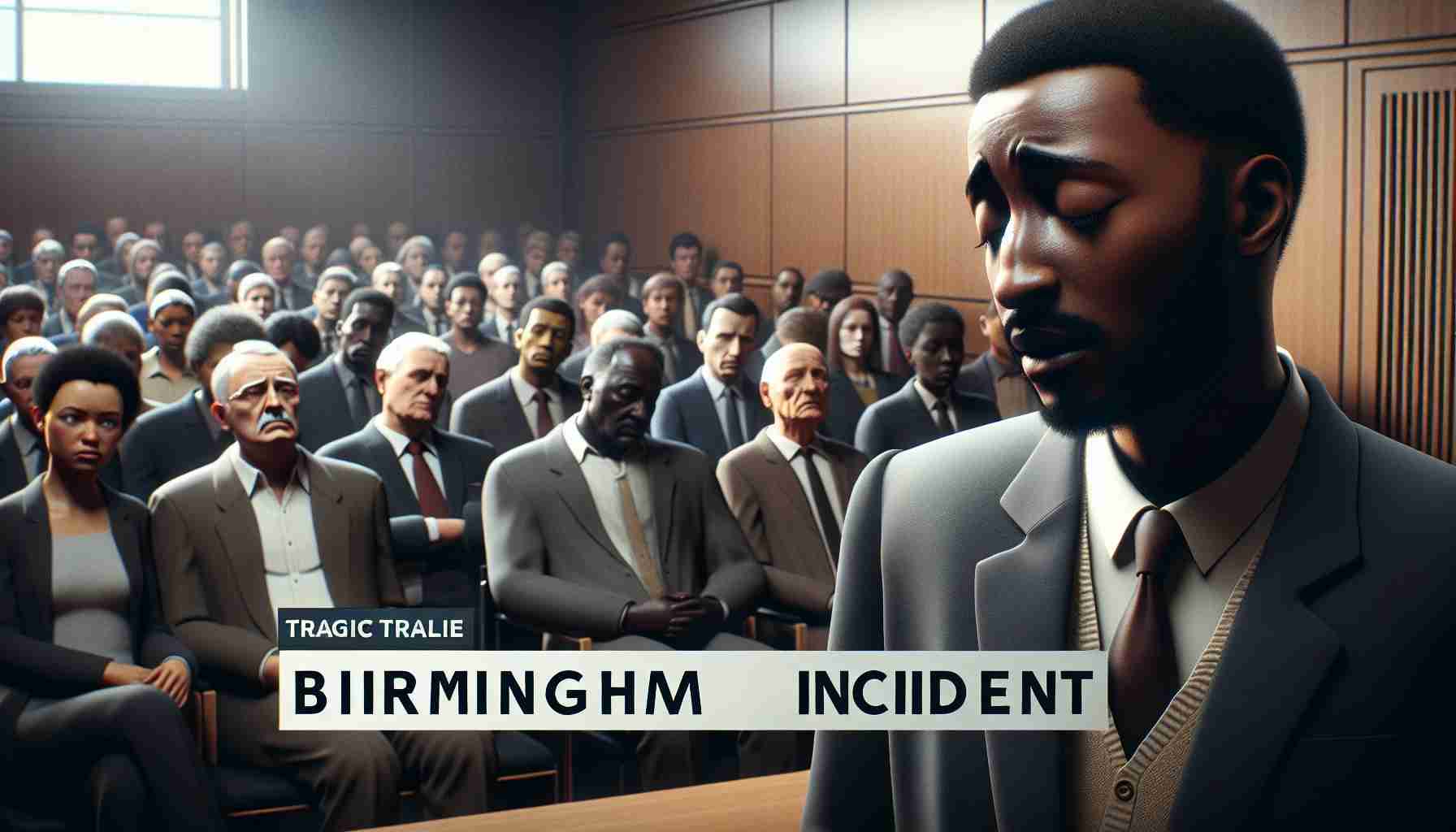In a bold display of aerial vigilance, two Dutch F-35 fighter jets, stationed in Estonia, undertook crucial intercept missions over the Baltic Sea. This significant activity was recently disclosed by the Ministry of Defence of the Netherlands.
Critical Logistics
On December 6, the Dutch F-35s were scrambled twice as part of rapid response operations. These missions were an integral part of NATO’s vigilance over Eastern European airspace and demonstrated the alliance’s readiness to protect its territory.
First Encounter
During the initial intercept, the Dutch fighters identified a military transport plane and a reconnaissance aircraft from Russia flying over international waters. The Dutch jets successfully tracked these planes until they left the designated operational area of NATO forces. This interception highlighted the importance of monitoring aircraft movement near the alliance’s borders.
Second Alert
In the subsequent mission, the Dutch aircraft identified another Russian reconnaissance plane. This continuous monitoring underscores the ongoing tensions and the necessity for NATO forces to maintain readiness in the region.
Four Dutch F-35s have been strategically positioned in Estonia since December 1 as part of NATO’s air policing mission. Their primary duty is to supervise NATO airspace over Eastern Europe, ensuring that any aircraft operating near the region adhere to international protocols. This deployment is a clear signal of NATO’s commitment to securing peace and stability in the region.
Unveiling the Role of Dutch F-35 Jets in Baltic Air Defense
The recent deployment and action of Dutch F-35 fighter jets in the Baltic region signal a significant move in NATO’s air defense strategy. Stationed in Estonia, these jets have undertaken crucial intercept missions over the Baltic Sea, showcasing the alliance’s commitment to maintaining peace and security in Eastern Europe. This operational engagement, as disclosed by the Ministry of Defence of the Netherlands, emphasizes NATO’s focus on readiness and vigilance.
Insights into NATO’s Air Policing Mission
The positioning of four Dutch F-35s at the Amari Air Base in Estonia is a strategic element of NATO’s air policing mission. By stationing these advanced fighters in the Baltic region, NATO sends a pronounced message of deterrence and preparedness against potential airborne threats. This mission serves as a critical aspect of NATO’s broader strategy to monitor, deter, and defend against incursions into its airspace, thereby promoting stability in the region.
The Significance of the Intercept Missions
The intercept missions carried out by the Dutch F-35s highlight the ongoing aerial vigilance required in the context of Eastern European security. During these missions, the F-35s effectively identified and monitored Russian aircraft operating over international waters, a task that underscores the complexity of international air policing and the need for continuous alertness in the face of geo-political tensions.
Advantages and Limitations of F-35 Deployment
Pros:
– Advanced Capabilities: The F-35 is known for its cutting-edge stealth technology, advanced avionics, and versatility in different combat scenarios, making it ideal for both surveillance and defense missions.
– Rapid Response: The ability to quickly scramble and intercept potential threats ensures superior readiness and rapid defensive action.
Cons:
– High Operational Costs: Maintaining and operating F-35 jets involve significant costs, from maintenance to fuel consumption.
– Logistical Challenges: Deploying and supporting these fighters from distant locations requires extensive logistical support, which can be both complex and costly.
NATO’s Strategic Aims in Air Defense
NATO’s strategic aims concerning the deployment of fighter jets like the F-35 include bolstering regional security, enhancing military interoperability among member nations, and deterring potential aggressions. The presence of these advanced aircraft in Estonia is also intended to reassure allies and demonstrate a unified commitment to defending NATO territories.
Future Trends in NATO Air Defense
Looking forward, NATO aims to expand the integration of new technologies and platforms like the F-35 across its air defense missions. Increased focus on interoperability, joint exercises, and multinational collaborations are expected to shape the future landscape of NATO’s strategic defense initiatives.
For more information on NATO’s air defense activities and strategic missions, visit the official NATO website at nato.int.
















